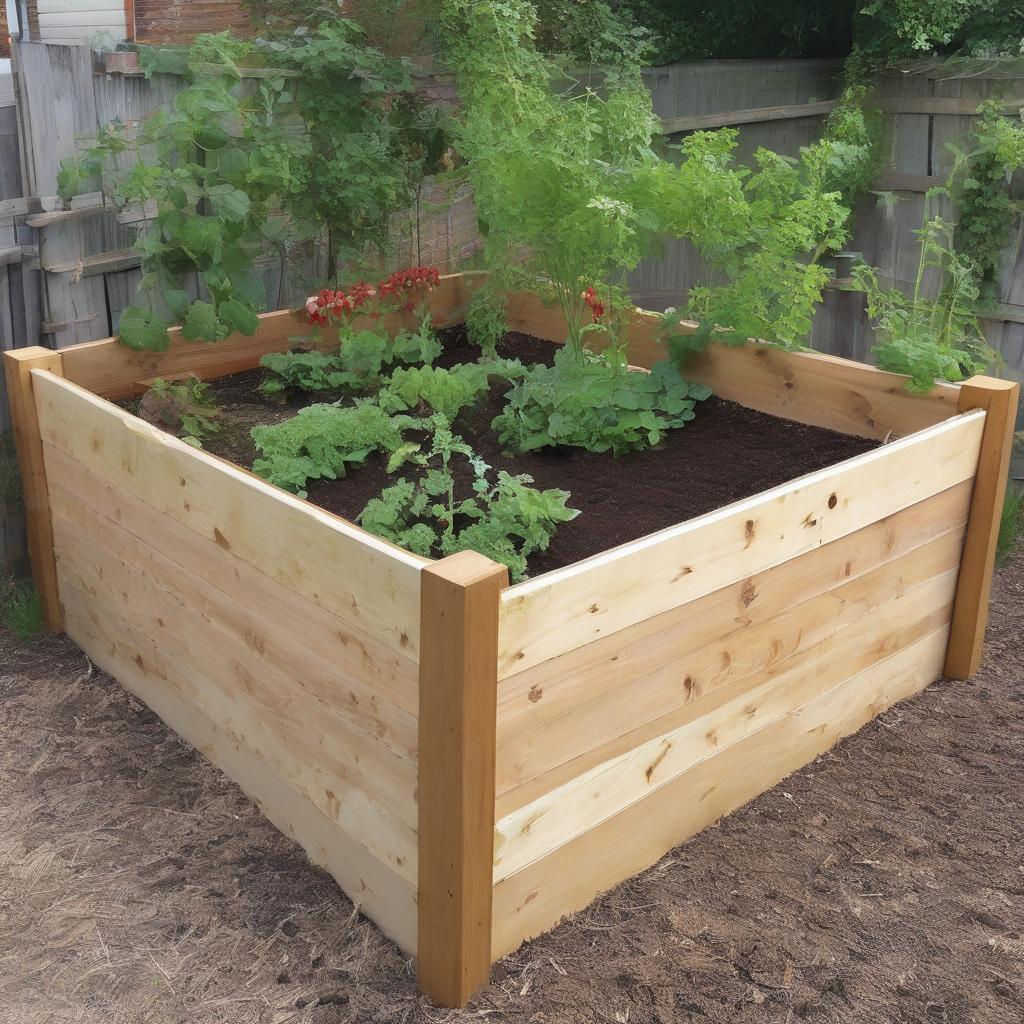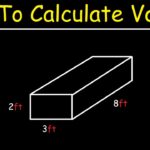
Building SIP Raised Beds: Self-Watering, Wicking Bed Design Principles
After years of testing and experimentation, I’m excited to share the essential elements that every self-watering, wicking bed needs to have. For too long, I’ve seen incomplete or faulty tutorials that have hindered the success of many gardeners. In this article, I’ll provide you with the knowledge to build your own custom SIP raised bed and ensure a thriving garden.
What are SIP Raised Beds?
SIP stands for Sub-Irrigated Planters, which are raised beds that hold a water reservoir for passive watering. They’re also known as wicking beds because the soil wicks up water from below. The design principles outlined in this article apply to wicking beds that use an aeration screen, such as drain pipes, but not to raised beds that use an entirely gravel sub-base or beds constructed with AquaBlox sand.
How to Design Your Own SIP Raised Bed
To build a successful SIP raised bed, you need to consider several key factors, including dimensions, water reservoir setup, wood selection, soil type, and wicking layer configuration.
What Dimensions to Use for a Wicking Bed?
When it comes to the dimensions of your SIP raised bed, you have some flexibility, but there are certain guidelines to follow.
- Length: Your bed can be as long as you want, but a realistic range is between 2 feet and 12 feet. Ensure that your boards and lining are large enough to accommodate the length you choose.
- Width: Since you won’t be stepping into the bed, you need to be able to reach all areas. If you can access both sides, the maximum width should be 4 feet. If you can only access one side, don’t go wider than 2 feet.
- Depth: This is a critical factor. I recommend a depth of 16.5 inches, including the reservoir depth. This means using three rows of 6-inch boards, with an actual width of 5.5 inches. Avoid deviating too much from this depth, as it can lead to overly saturated soil and root rot.
Setting Up the Water Reservoir
The water reservoir is a crucial component of your SIP raised bed.
- Type of Lining: Avoid using 6-mil plastic lining or a tarp, as they may not be durable enough. Instead, opt for a fish-safe pond liner, such as EPDM, with a thickness of at least 45 mil.
- Pipe Spacing: Select an appropriate number of 4-inch corrugated, perforated drain pipes, spacing them between 0.25 and 0.75 inches apart.
- Pipe Wrapping: You don’t need to wrap the pipes in cloth, as the potting mix won’t clog the pipes.
- Overflow Tube: Drill holes for the overflow tube 3.25 inches up from the bottom, and consider using a bulkhead fitting to prevent water seepage around the tube.
What Type of Wood for SIP Garden Beds?
When choosing wood for your SIP raised bed, consider the following:
- Treated Wood: If you live in the US, Canada, or EU, you don’t need to worry about arsenic exposure from treated lumber, as chromated copper arsenate (CCA) treatment is no longer sold to consumers in these regions.
- Alternative Options: You can opt for naturally durable woods like cypress or cedar, or consider composite boards, cinder blocks, or corrugated metal panels.
What Type of Dirt for Wicking Beds?
When it comes to the soil for your SIP raised bed, remember:
- No Topsoil or Bagged Compost: Avoid using topsoil or bagged compost manure, as they can compact and cut off oxygen to the roots.
- Potting Mix: Use a high-quality potting mix specifically designed for containers. You can buy a retail mix or create your own custom blend using ingredients like peat moss, coir, vermiculite, perlite, and pine bark mulch.
- Mels Mix: While Mels Mix can work in SIPs, it’s not my top recommendation due to the variability in compost quality and the potential for compacted soil.
How to Set Up the Wicking Layer?
The wicking layer is a critical component of your SIP raised bed.
- Wicking Mix: You can use a special wicking mix in the bottom section of your SIP, consisting of peat moss, vermiculite, and perlite in a ratio of 3:1:1 or 1:1:1.
- Avoid Wood or Bark Products: Don’t use wood or bark products in the wicking layer, as they won’t wick well and may cause air gaps.
- Peat Moss Limitation: Be aware that peat moss can become hydrophobic if it dries out completely, so it’s not recommended as a sole component in the wicking layer.
Should You Use Sand or Gravel for Wicking Beds?
When it comes to wicking bed substrates, there are better options than sand or gravel.
- Avoid Gravel: Gravel doesn’t wick as well as other materials like peat, coir, perlite, or vermiculite.
- Sand: While sand is slightly better than gravel, it’s still not the best option. It’s heavier, more expensive, and may not provide the best aeration.
Should You Add Mulch to Self-Watering Beds?
Whether to add mulch to your SIP raised bed is a matter of personal preference.
- No Need for a Plastic Cover: Wicking garden systems don’t require a cover, but you can use one if you want to.
- Organic Mulch Options: Consider using organic mulching materials like straw, newspaper with grass clippings, or pine bark fines.
By following these guidelines and design principles, you’ll be well on your way to creating a thriving SIP raised bed that will provide you with a bountiful harvest for years to come.
Building SIP Raised Beds: Self-Watering, Wicking Bed Design Principles FAQs
- What are SIP Raised Beds?
- SIP stands for Sub-Irrigated Planters, which are raised beds that hold a water reservoir for passive watering.
- What are the ideal dimensions for a SIP raised bed?
- Length: 2-12 feet, Width: 2-4 feet, Depth: 16.5 inches.
- What type of lining is recommended for the water reservoir?
- Fish-safe pond liner, such as EPDM, with a thickness of at least 45 mil.
- What type of wood is suitable for SIP garden beds?
- Naturally durable woods like cypress or cedar, or composite boards, cinder blocks, or corrugated metal panels.
- What type of soil is recommended for SIP raised beds?
- High-quality potting mix specifically designed for containers, not topsoil or bagged compost.
- What is the recommended wicking layer configuration?
- Wicking mix consisting of peat moss, vermiculite, and perlite in a ratio of 3:1:1 or 1:1:1.
- Should I use sand or gravel for wicking beds?
- No, use materials like peat, coir, perlite, or vermiculite instead.
- Is mulch necessary for self-watering beds?
- No, but organic mulching materials like straw or pine bark fines can be used.
- How often should I water my SIP raised bed?
- Not specified, but the design allows for passive watering from the reservoir.
- Can I use Mels Mix in SIP raised beds?
- It’s not recommended due to variability in compost quality and potential for compacted soil.














